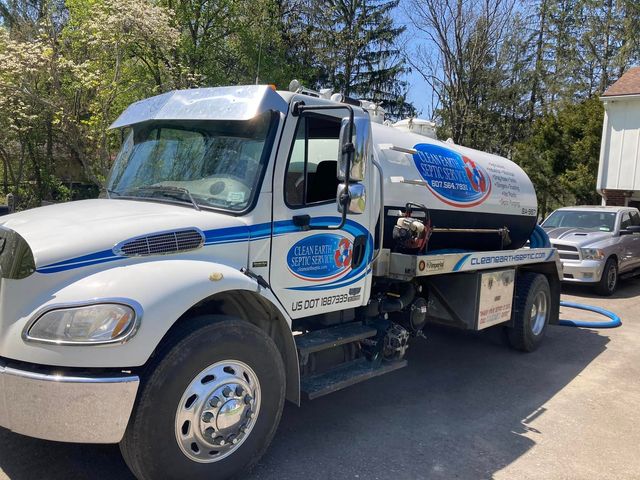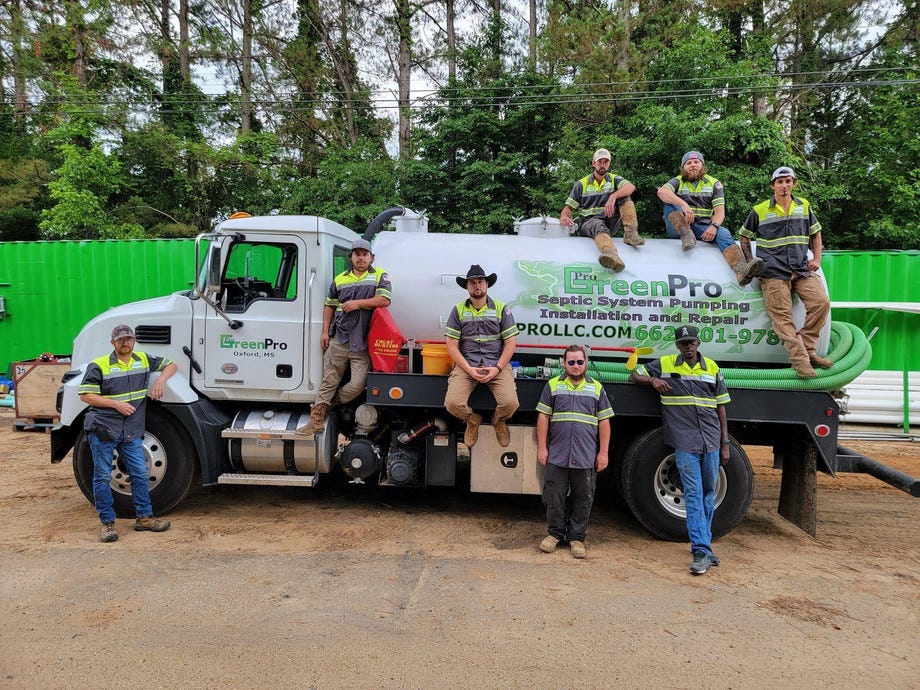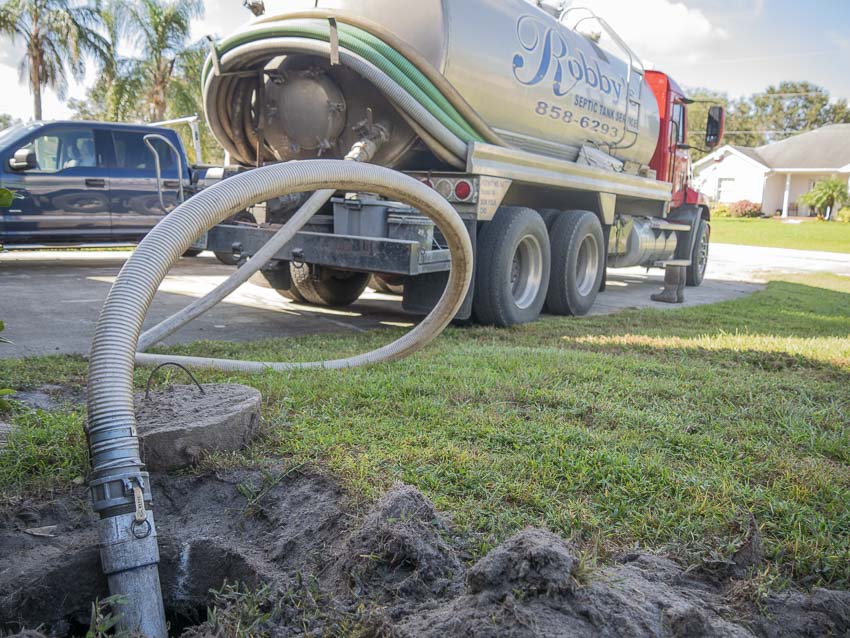Indicators on Stillwell Septic And Grading You Should Know
Table of ContentsGet This Report about Stillwell Septic And GradingHow Stillwell Septic And Grading can Save You Time, Stress, and Money.Unknown Facts About Stillwell Septic And GradingThe smart Trick of Stillwell Septic And Grading That Nobody is DiscussingFacts About Stillwell Septic And Grading RevealedStillwell Septic And Grading - An OverviewAn Unbiased View of Stillwell Septic And Grading

Homeowners need to likewise inform themselves on the basics of septic tanks to guarantee they make educated choices throughout the installment procedure - Septic Installers. Septic tanks are a crucial part of numerous homes that are not attached to a municipal drain system. They are developed to deal with and deal with household wastewater on-site
The septic storage tank is a big, underground container made of concrete, fiberglass, or plastic. The storage tank separates the solid waste from the liquid waste.
7 Easy Facts About Stillwell Septic And Grading Described
In enhancement to regular upkeep, home owners need to also be mindful of what they purge down their drains. Products such as grease, oil, coffee premises, and feminine health items can obstruct the system and cause back-ups. It is likewise essential to conserve water and stay clear of overwhelming the system. Simple steps such as repairing leaky taps and bathrooms, mounting low-flow showerheads and bathrooms, and expanding washing tons can help in reducing water use and expand the life of the septic tank.
The topography of the website is likewise examined to guarantee that the septic tank is installed at the proper altitude. https://stillwellsag.weebly.com/. The system needs to be installed at a greater altitude than the bordering location to stop contamination of the surrounding setting. Problems are the minimal ranges called for by law between the septic tank and various other frameworks or attributes such as wells, buildings, and residential or commercial property lines
The altitudes will ensure that the septic system operates appropriately, and wastewater is properly treated. It makes sure that the septic system is installed in the most ideal location, taking into consideration the dirt, topography, and troubles.
Not known Details About Stillwell Septic And Grading
Before setting up a septic container, homeowners need to get licenses and comply with laws. Some of the permits and guidelines that house owners require to take into consideration include:: House owners require to obtain an authorization from the neighborhood wellness division or building department before setting up a septic system.
For circumstances, some districts may call for a minimal lot size for septic system installation.: Home owners need to abide by environmental policies when mounting a septic tank. As an example, some states might need an environmental impact evaluation prior to installing a septic system.: Property owners need to adhere to construction policies when installing a septic system.
Stillwell Septic And Grading Can Be Fun For Everyone
Some towns may require regular examinations and pumping of the septic container. It is vital for home owners to acquire permits and conform with guidelines before installing a septic system.
Among one of the most essential elements to consider when selecting a septic container is the size. A sewage-disposal tank that is too tiny for the home's needs will certainly call for more frequent pumping, while a tank that is too huge can cause extreme water buildup and potential system failing. A basic guideline is that the tank ought to have the ability to hold a minimum of two days' well worth of wastewater.
Not known Details About Stillwell Septic And Grading

Plastic storage tanks are budget friendly and light-weight, but they might not be as durable as various other materials and can be susceptible to breaking. It's also vital to think about the kind of system the septic system will be utilized with. There are 2 major types of septic tanks: gravity and stress. Gravity systems rely upon the natural flow of wastewater to move with the system, while pressure systems make use of a pump to move wastewater via the system.
The 30-Second Trick For Stillwell Septic And Grading
On the whole, choosing the ideal septic storage tank for a home is an essential decision that calls for cautious factor to consider. Before mounting a septic tank, home owners have to take particular steps to prepare for the setup procedure.
Below are some crucial precaution to adhere to: Put on safety gear: Home owners need to use protective gear, such as handwear covers, boots, and safety helmets, to stop injury throughout the setup process. Avoid electrical lines: Home owners have to prevent digging near electric lines to stop electrocution. Use care when running hefty equipment: House owners must use care when running hefty equipment to avoid accidents and injuries.
How Stillwell Septic And Grading can Save You Time, Stress, and Money.
By following these vital actions, property owners can ensure a successful septic tank go to website installment process. Septic system installation is an important process that calls for cautious planning and execution. Homeowners who are installing a septic system for the initial time should recognize the necessary steps associated with the procedure to ensure that their septic system functions effectively and successfully.
